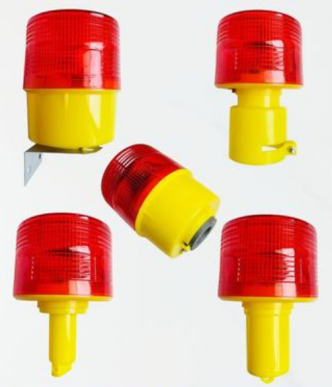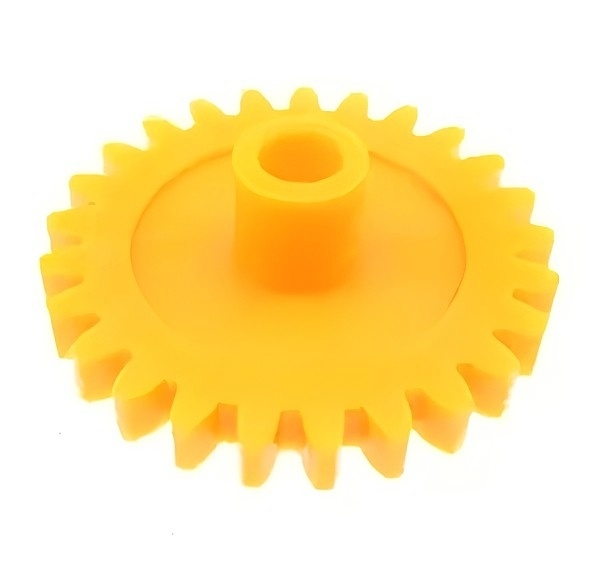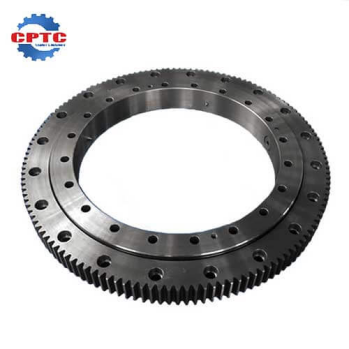Tower cranes, towering giants of the construction industry, play a pivotal role in lifting heavy loads to great heights. At the heart of these impressive machines lies a crucial component: the trolley mechanism. While often overlooked, this intricate system is indispensable in powering the horizontal movement of loads, significantly enhancing the efficiency and precision of tower crane operations.
In this article, we line out the intricacies of tower crane operation, highlighting the indispensable role of trolley mechanisms in horizontal hoisting. We will explore how these mechanisms work in conjunction with other crane systems to optimize performance and ensure safety. Additionally, we will discuss essential maintenance practices and the potential consequences of neglecting these vital components.

How Do Tower Cranes Work?
Before understanding the important role of the tower crane trolley mechanism in the work of the tower crane, it is necessary to have a deep understanding of the tower crane. Here is a video that uses 3D animation to introduce in detail the working structure of the tower crane and how the tower crane adjusts its height. While most cranes use hydraulic systems to lift weights, tower cranes lift weights with the help of motors. If you deeply understand the tower crane’s working principle, please skip this part and continue reading.
The Indispensable Role of Tower Crane Trolley Mechanisms in Horizontal Hoisting Operations
Horizontal Hoisting Capabilities
The tower crane trolley mechanism is instrumental in achieving precise horizontal movement of loads along the crane’s boom. This capability enables operators to fine-tune the horizontal position of hoisted materials in relation to the building or work area, significantly expanding the operational envelope of the crane.
Enhancing Work Coverage
By coordinating with other crane movements, such as boom luffing, the trolley mechanism contributes to a substantial increase in the overall effective working area of the tower crane. For instance, in construction scenarios involving tall buildings or structures with complex geometries, the trolley mechanism can be utilized to reach areas that would otherwise be inaccessible.
Improving Hoisting Efficiency
The ability of the trolley mechanism to move loads quickly and accurately reduces overall hoisting time. When integrated with other crane systems, the trolley mechanism can streamline hoisting operations, minimizing idle time and enhancing productivity.
Ensuring Hoisting Precision
The precise control afforded by the trolley mechanism is crucial for placing loads accurately at their designated locations. In applications requiring high precision, such as assembly work, the trolley mechanism plays a pivotal role in ensuring that components are aligned correctly.
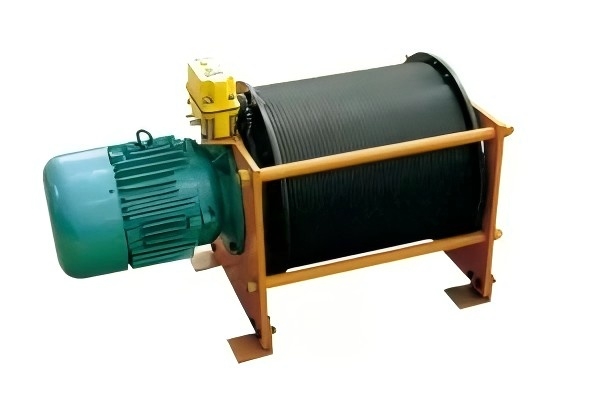
Coordination of the Trolley Mechanism with Other Crane Systems
The tower crane trolley mechanism operates in close coordination with other crane systems, such as the hoisting and luffing mechanisms, to ensure safe and efficient operations.
Coordination with the Hoisting Mechanism
As the load is being hoisted or lowered, the trolley mechanism must continuously adjust its position to maintain the desired load placement. The speed of the trolley must be synchronized with the hoisting speed to prevent swinging or overshooting of the load. Furthermore, the sequence of operations, such as hoisting, lowering, and trolley movement, must be carefully coordinated to avoid overloading the crane or causing structural damage.
Coordination with the Luffing Mechanism
During luffing operations, the trolley mechanism must adapt to the changing angle of the boom. This requires precise control of the trolley’s movement to prevent the load from colliding with the boom or other structures. The coordinated operation of the luffing and trolley mechanisms is essential for maintaining the stability of the crane and ensuring the safety of personnel and equipment.
Impact on Overall Crane Stability and Performance
The seamless coordination of the trolley mechanism with other crane systems has a significant impact on the overall stability and performance of the tower crane. Proper coordination can:
- Improve load placement accuracy: By ensuring that the load is positioned precisely at the desired location.
- Reduce cycle times: By optimizing the sequence of operations and minimizing idle time.
- Enhance safety: By preventing accidents caused by sudden load movements or collisions.
- Extend the service life of the crane: By reducing wear and tear on the components.
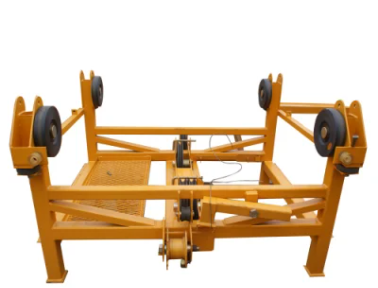
Maintenance and Troubleshooting of Tower Crane Trolley Mechanisms and Their Impact on Crane Operation
Routine Maintenance of Trolley Mechanisms
- Lubrication: Regular lubrication of moving parts, such as bearings, gears, and shafts, is essential to reduce friction and wear.
- Component inspection: Visual inspections should be conducted to identify any signs of wear, damage, or misalignment of components.
- Electrical system checks: The electrical system, including motors, controls, and wiring, should be inspected for any damage or loose connections.
- Safety device testing: Safety devices, such as limit switches and overload protection systems, should be tested regularly to ensure their proper functioning.
Common Trolley Mechanism Failures
- Wheel wear: Excessive wear of the trolley wheels can lead to reduced stability and increased vibration.
- Drive system failures: Malfunctions of the drive system, such as motors or gearboxes, can prevent the trolley from moving smoothly.
- Electrical faults: Electrical issues, such as short circuits or blown fuses, can disrupt the operation of the trolley.
- Sensor failures: Faulty sensors can cause the trolley to malfunction or operate erratically.
Impact of Failures on Crane Operation and Safety
Failures of the trolley mechanism can have a significant impact on the overall performance and safety of the tower crane. Some of the potential consequences include:
- Reduced lifting capacity: A damaged trolley mechanism may not be able to support the full rated load of the crane.
- Decreased accuracy: Faulty trolley mechanisms can lead to inaccurate load placement, increasing the risk of accidents.
- Increased downtime: Equipment failures can result in costly downtime, disrupting construction schedules.
- Safety hazards: Malfunctioning trolley mechanisms can pose a significant safety risk to personnel on the ground and in the air.

The Final Word
The tower crane trolley mechanism quietly powers the horizontal movement of loads and contributes significantly to the overall efficiency and safety of tower crane operations. After getting the introduction provided by tower crane trolley mechanism expert CPTC the intricacies of this system and adhering to rigorous maintenance practices, construction professionals can maximize the potential of their tower cranes and deliver projects on time and within budget.
Related Products
Tower Crane Solar Light
Safe and Reliable
Automatic Induction
Energy-saving and Environmentally Friendly
Tower Crane Trolleying Limit Gear
Controls luffing motion
Improves safety and efficiency
Enables dynamic boom…
Slewing Ring for Tower Crane
Best quality based on…
Tower Crane Steel Plate Pulley
High strength; precision maching
Different size for choosing

